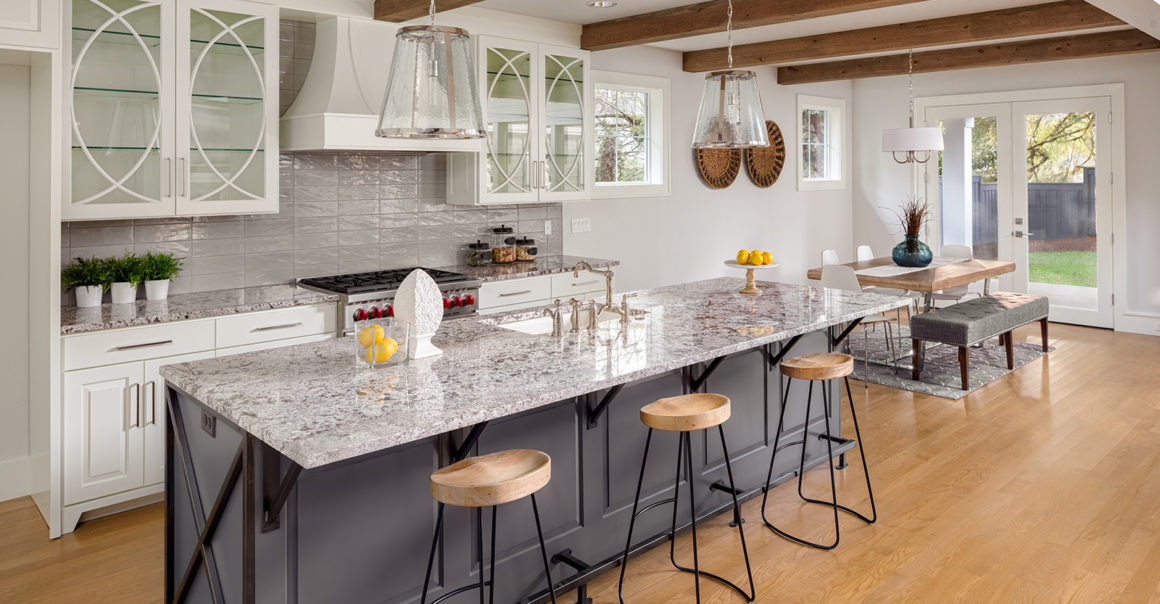By Patricia Lee

A home that you’ve just moved into is your blank canvas before you unpack. You are in control of how you will use the space. Understandably, you may be eager to unpack and just be done with the moving process.
However, spending a little time upfront to plan how you can best use your new space will save you time in the long run. Not only will you be able to enjoy your home right from the start, but unpacking thoughtfully into an empty space also is much easier than changing an occupied space later. So unpack with a purpose — and create a home that really works for you — by asking yourself these five key questions before you start.
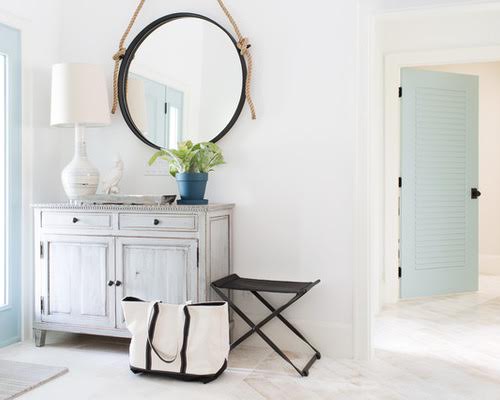
Colin Cadle Photography, original photo on Houzz
1. Where does the natural sunlight fall? This may seem like an irrelevant question or an odd place to start, but it’s actually pretty important. If you avoid areas because of too much sun, or a lack of it, you may not maximize the full potential of your space. So track the sunlight in your new home — ideally, before you move in — and plan your activities in your spaces in line with the sun’s rhythms.
For instance, if you like the morning sun, it may be ideal to set up an area to enjoy the sunshine with your breakfast and morning newspaper. This area doesn’t have to be in the kitchen. Similarly, if you like to watch TV in the afternoon, be sure to orient the TV and seating to avoid afternoon glare and overheating.
Console Tables to Organize the Entryway
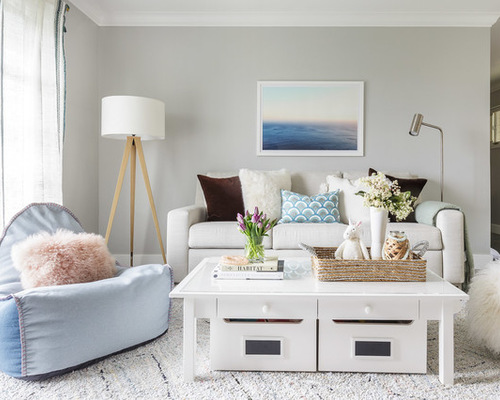
Rachel Madden Interiors, original photo on Houzz
2. What are your most common activities, and what do you need to perform these tasks? Whether you rent or own, organizing your home to maximize productivity will lead to great returns on the space you are paying for. Think about it: If your space is cluttered or seldom accessed, you are paying for something you can’t use.
So think beyond the labels of each room. Focus instead on how you might use your space to make daily tasks easier. Not all kitchen items have to go in the kitchen, not all office supplies belong in the office, not all guests have to stay in a guest room. Prioritize spaces based on the frequency of activities. The goal is to arrange your home as efficiently and comfortably as possible. The flow has to make sense for how you live your daily life. The following categories can get you started on thinking about how you use your home.
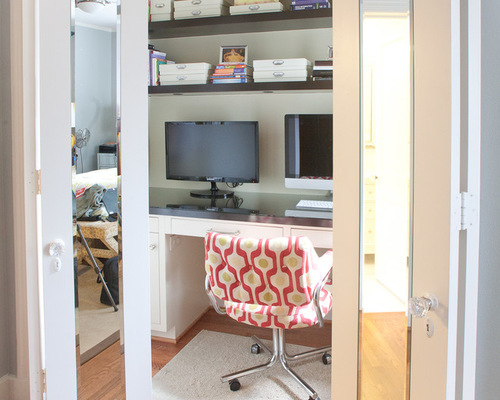
Modern Craft Construction LLC, original photo on Houzz
Working from home. What items do you need to complete your work? For example, do you need books, papers, calculators? And in what environment would you want to complete your work? Would you prefer to be close to the TV, next to the kitchen, near a window? If you work from home on a daily basis, it may be most efficient to set up a dedicated, ergonomically appropriate area, ensuring you have enough space to spread out your work and keep frequently used items on hand.
If you do not have space for a home office and your dining table is the only option, you may want to allocate space in your dining room buffet, or in a portable storage container, for office supplies. That way, you can clear your dining table once work is complete.
Working out at home. What equipment do you use? If your daily exercise routine includes yoga DVDs, you may want to keep your yoga equipment in the closet nearest to the TV. Perhaps you also meditate or you often read. Then it might be wise to convert a room or portion of one into space devoted to these activities.
Why you regularly leave home.Think about what gets you out of the house. Keeping items you need for those activities near the entryway can save time, as you won’t have to search for and gather different items throughout the house. Plus, having a spot to return those items right when you come in ensures they will be there next time. For instance, if your daily routine includes power walks around the neighborhood, it would be convenient to keep walking-related items — sunglasses, hats, gloves, weights, headphones — in the entryway drawer.
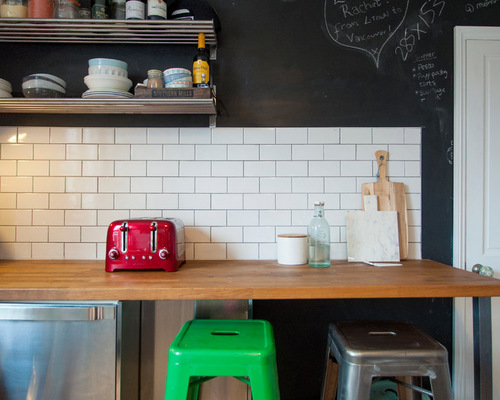
Amelia Hallsworth Photography, original photo on Houzz
Appliance habits. Many people keep coffee makers and toasters on the kitchen counter. This is ideal if these appliances are used frequently. But consider which appliances you truly use the most.
If you use your juicer every day, it may make sense to keep this item not only on the counter, but close to where it would be most convenient to use. That may be by the refrigerator so that ingredients are within reach. Or it could be close to the sink so you can easily rinse and wash the juicer after you use it. If you use your coffee maker only for occasional parties, perhaps it can be stowed and taken out when needed.
Make More Room in the Kitchen With Open Shelves
Entertaining patterns. On average, how often do you entertain, and how many guests do you entertain at one time? If you rarely host, you may want to consider storing excess utensils and dinnerware in an area for party supplies so that you free up kitchen space for daily-use items. On the other hand, if your house is the gathering place for large weekly family dinners, it would make sense to keep enough supplies easily accessible in the kitchen.
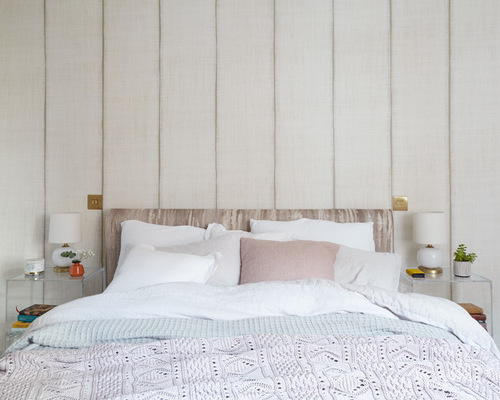
Black and Milk | Interior Design | London, original photo on Houzz
Overnight guest stays. When it comes to hosting overnight guests, three to four times per year may seem frequent. However, that frequency may not be enough to justify devoting an entire room for guest use.
For example, one client of mine had reserved her extra bedroom to be used as the guest room a few times per year. Meanwhile, she planned to keep her clothing in three small bedroom closets over two floors. So for the greater part of the year the guest room would remain vacant, while on a daily basis my client would inconveniently navigate three different rooms to choose her attire for that day. It didn’t take much persuading for my client to agree to redesign the extra bedroom to be a walk-in closet and quiet reading area. That’s using space well, for the highest enjoyment.
3. Does every item have a designated place? Once you’ve decided where all your activities will take place, the unpacking can begin. Every item unpacked should have a purpose and a specific location where it belongs. I don’t recommend placing anything anywhere “just for now.” Doing so makes it likely that the “for now” spot becomes a permanent one.
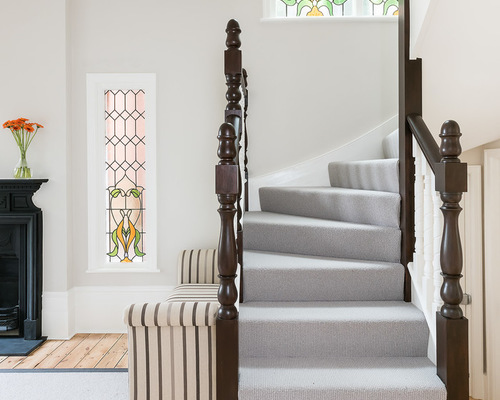
Magic Projects London Ltd, original photo on Houzz
Also, it is difficult to be organized all the time, so it’s understandable to occasionally have a group of miscellaneous items that need to be put away. However, I suggest not having a junk drawer where you pile up odds and ends. If you have items without a spot, or if their would-be designated spot is already full of similar things, you may want to consider whether you still need those items. After all, unpacking is a good time to do a second wave of decluttering. Perhaps the item that was appropriate for your old home is no longer useful. For example, if your new home has air conditioning, you may no longer need the portable fan.
4. Are there mobility issues to consider? Especially in the case of relocating your aging parents, mobility should be considered when determining room purposes. Perhaps your parents can use the first floor bedroom as their master bedroom to avoid climbing stairs. If arthritis prevents your parents from lifting a stand mixer, the appliance may be better suited for the counter even if it is used only occasionally.
5. How can you personalize the space? Depending on the circumstances, a new home might be a welcome change or an unwanted upheaval. Whatever the case, creating an inviting, personalized living space can ease the transition and make you feel at home sooner. If you are helping your parents downsize, arranging photos or artwork on a wall in the same pattern as in their old home can bring a sense of continuity for them.
Decorating Ideas to Personalize a New Bedroom
If you are blending two households, you can respectfully merge both styles or find a new one to symbolize moving forward together. Similarly, if you are moving on because of a divorce or loss of a family member, adding some new decor may bring on feelings of hope. In all cases, adding some greenery will bring color and dimension into your room and make it feel like a living space.
